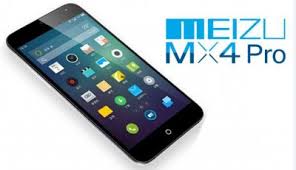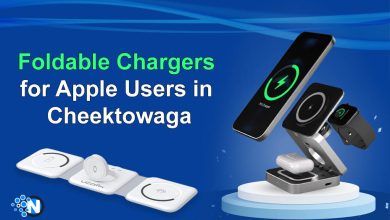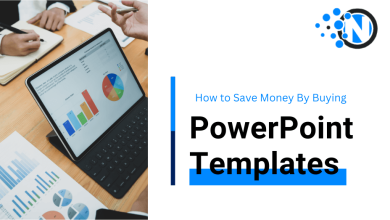How to Make Push Notifications Work for You
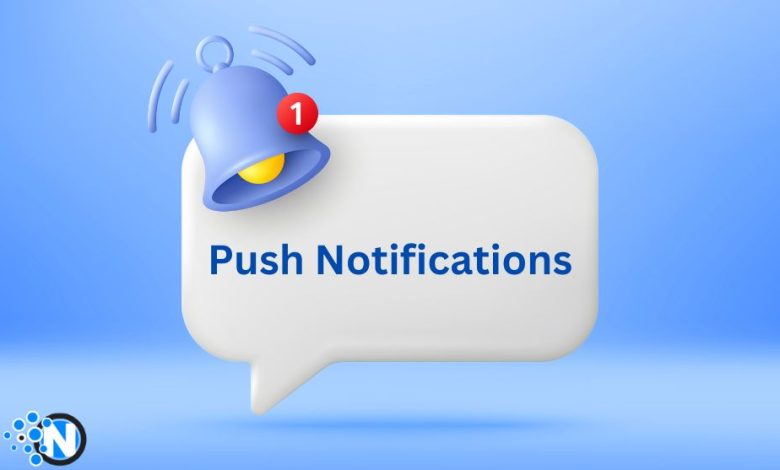
We all receive push notifications. The pop-up messages, sometimes referred to as a service push, are a communicative technique that app and business operators can utilize to relay information directly to customers through mobile notifications.
For many users, these notifications can often feel somewhat underwhelming. We sit impatiently by our phones, waiting for important notifications from friends, loved ones, or business partners. We hear a ding or feel a vibration in our pockets, only to realize that it is from a push notification, rather than someone directly reaching out to us.
As a result of the sometimes-disappointing feeling of notifications, they often don’t get met with the levels of attentiveness or engagement that digital marketers and business operators desire. So, how do you get push notifications to work for your business and how frequently should you be sending them? Let’s find out:
1. You Need to Understand When to Send Push Notifications
While push notifications offer a clear direct line of communication to your audience. As alluded to previously, their effectiveness can sometimes be missed due to customers having a slightly dismissive attitude towards them. So, you need to ensure you’re sending effective push notifications that can adequately engage your audience.
One thing is for sure: you need to utilize the best possible analytics and insights into your apps’ performance to know when to send push notifications, and when to lie low.
For example, push notifications sent overnight are often completely ignored by customers. Users obliviously scroll past push notifications as they get around to the abundance of messages and notifications that they perceive as more important to them.
Your analytics should give you a general idea of the times your specific customers are most responsive to push notifications.
2. You Must Ensure That Push Notifications are Enticing
This should go without saying, yet it gets overlooked by many experimenting with push notifications. To be effective, engaging for the reader, and conducive to the overall growth of your business, these notifications need to be crafted intricately, with well-articulated calls to action that will entice customers into clicking on your application or website. Otherwise, they can be overlooked or even disregarded as pointless spam.
What is considered enticing, is subjective to your audience. What a message designed to be read by 40-year-old professionals needs to entice will differ from the needs of students. Therefore, it’s important to word messages appropriately, keep up to date with the latest trends, and ultimately ensure you’re meeting the expectations of your target audience.
It’s also worth noting that your audience will likely change as your business develops. New demographics will come into the fray and you might find that the typical age-range of your audience shifts. This is why it’s important to stay on top of your campaign and change it when it needs to changing. So many businesses will fail to do this – keeping their push notifications the same after years of development. You can stay ahead of the competition simply by reviewing and revising your strategy every few months.
3. You Will Need to Optimize Push Notifications for Success
To ensure your push notification strategy is successful, it’s essential to continually optimize and refine your approach. You may find out which version of your message is more well-received by your target audience by using A/B testing. Test elements such as copy, imagery, timing, and calls to action to determine the most effective strategies for driving engagement.
Push notification effectiveness can also be assessed by tracking open, click-through, and conversion rates. Review metrics often and utilize the data to improve your message and targeting. By doing this, you can ensure your push notifications continue to deliver meaningful value, while also maximizing engagement and conversion opportunities.
4. You Need to Focus on Personalization
Just as you’ve optimized your website or app for users, your push notifications need to be similarly optimized – especially from a personalization standpoint. Every user is different, which means they all have different preferences, behaviors, and demographics.
To take advantage of this, you need to segment your audience and tailor notifications to each specific segment. This increases relevance and engagement levels.
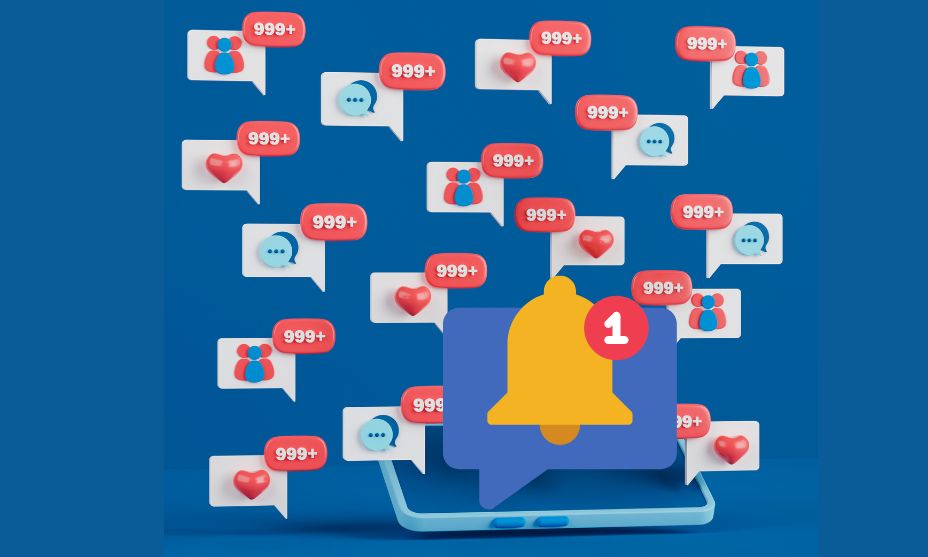
According to the most recent statistics, push notification personalization improves reaction rates by 400%, so there’s more than enough proof that the effort will be worthwhile. By investing time and resources to personalization, your interactions will undoubtedly become more impactful, ultimately driving stronger engagement and loyalty down the road.
5. Analyze Frequency and Cadence
We touched on this point when discussing ‘when to send push notifications’, but it’s worth elaborating on frequency as well as timing. There’s a delicate balance of how often to send push notifications without overwhelming users and becoming more of an irritant. On average, US smartphone users receive around 46 app push notifications per day, so you need to make sure that your company doesn’t take up a big chunk of those pop-ups.
Like we said, this is a delicate balancing act, and oftentimes difficult to work out. Essentially, you need to create a consistent and well-paced schedule and make sure that you stick to it. Take into account everything from user preferences, time zones, to the nature of your app and business. Then make sure to monitor user feedback and adjust your notification frequency based on metrics.


